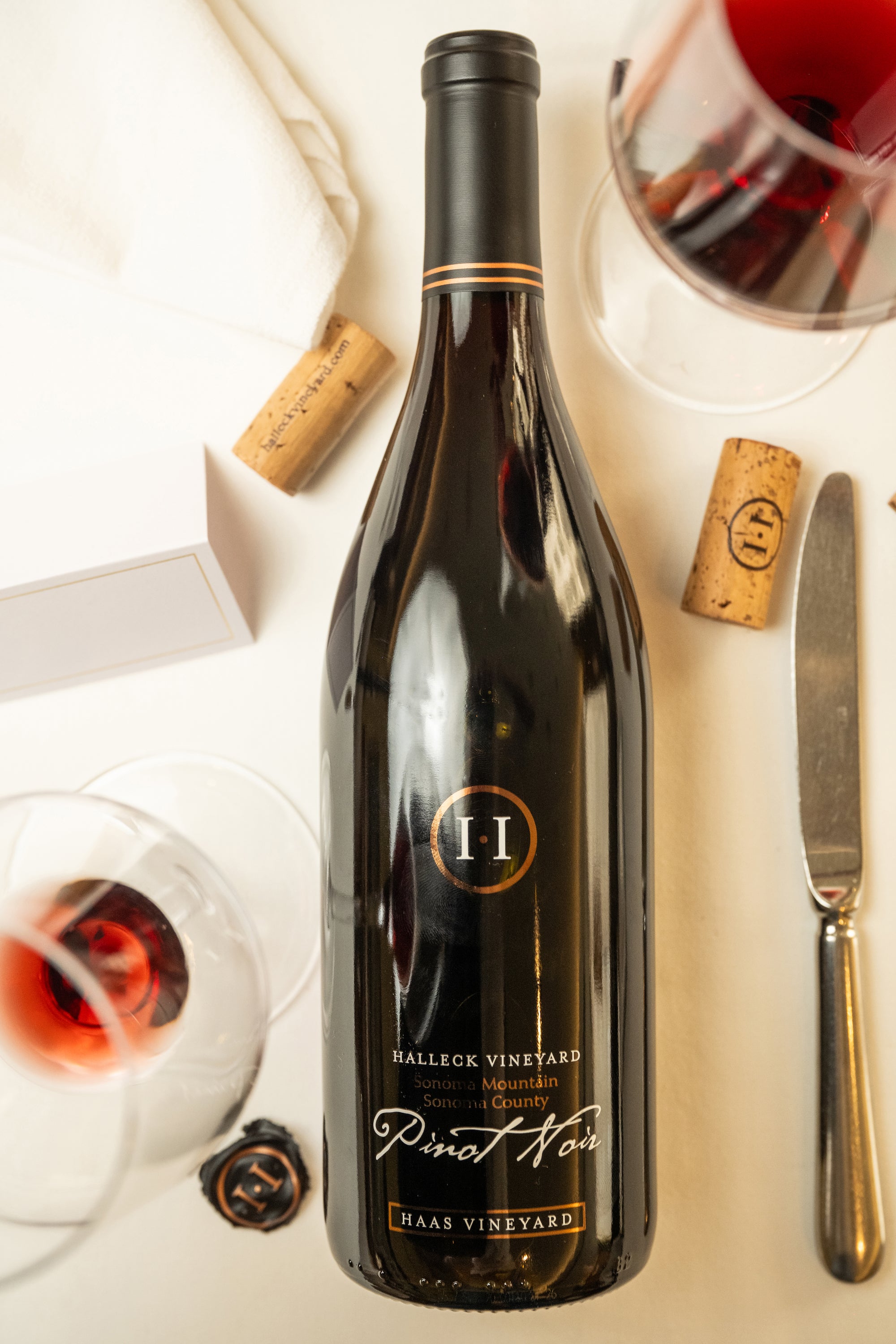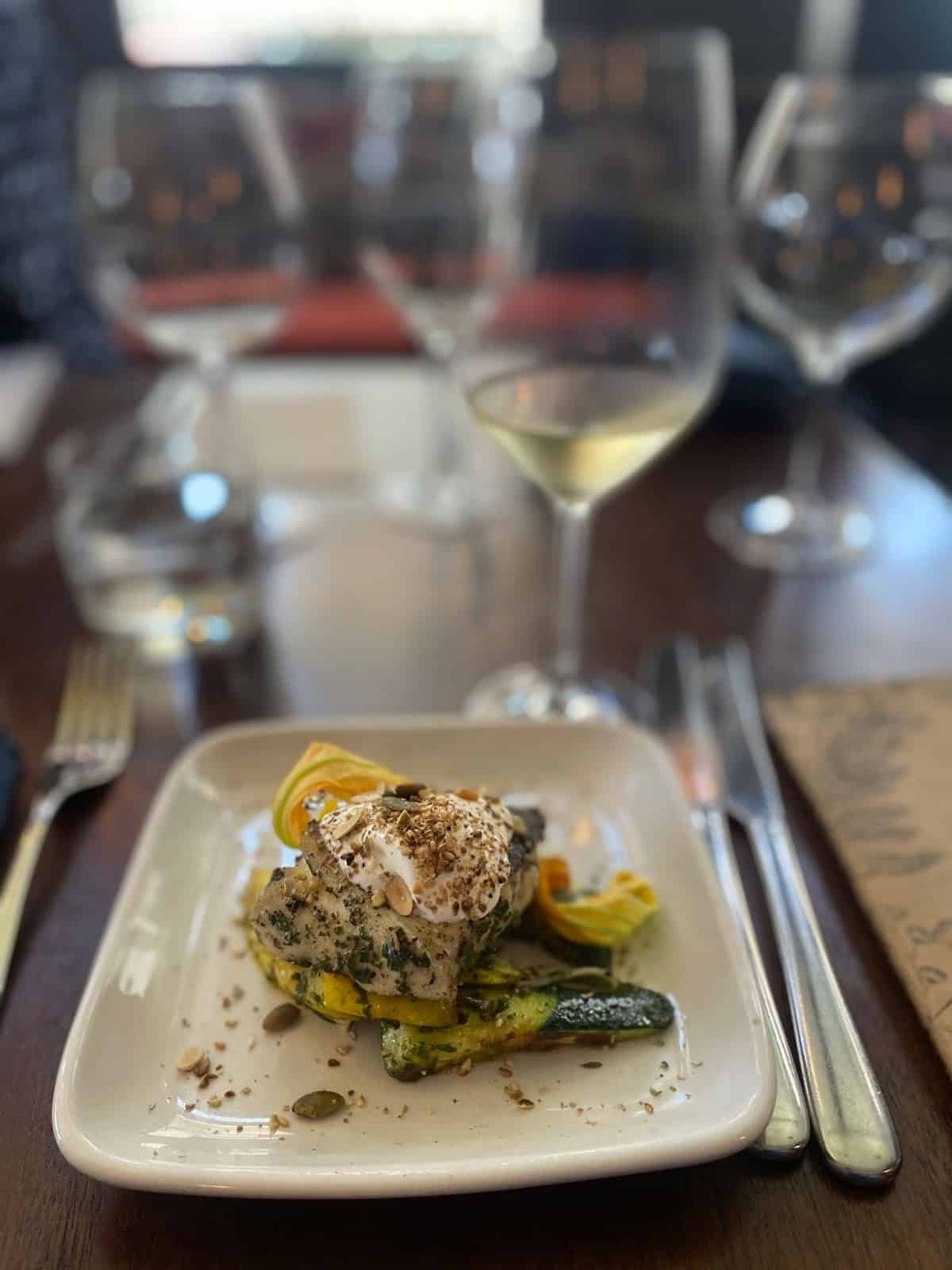Beautiful Picnic Areas At Sonoma Wineries - Exploring The Vineyards In Sonoma County
Breathtaking Views From Sonoma Wineries - Unforgettable Wine Tastings In Sonoma
Wine tasting is an art that combines sensory experience with an appreciation for the nuances of various varietals. How to gauge flavors in winery wine tasting classes is pivotal to greedy the complexities of wine.
Participating in a wine tasting includes greater than merely sipping and savoring. It requires a focused strategy to determine aromas and flavors that every wine presents. As you start, observe the wine's look, noting its shade and readability. These visible cues typically suggest a wine’s age, grape variety, and even potential flavor profiles.
The next step in the tasting course of is to swirl the wine in your glass. This action releases aromatic compounds which would possibly be important for evaluation. Lean in and take a second to inhale deeply; the aromas can range from floral and fruity to spicy and earthy. The nostril of the wine is just as essential as the palate, and recognizing scents performs a major position in understanding the general experience.
When taking your first sip, enable the wine to maneuver across your palate - Off The Beaten Path Wineries In Sonoma. Notice the initial flavors that current themselves. Is the wine fruity, floral, or maybe herbaceous? This initial style gives perception into what the wine is prone to express as you continue to evaluate it. The mouthfeel additionally contributes to the overall flavor experience; it might be silky, tannic, or even effervescent.
Quaint Wineries In Picturesque Settings In Sebastopol - Wine Tasting Experiences In Sonoma Valley
As you proceed tasting, pay consideration to the wine’s balance. A well-balanced wine will harmonize acidity, sweetness, and tannins. If one component overwhelms the others, it'd point out a much less desirable high quality. Evaluating stability might help you identify how nicely the wine would possibly pair with food.
Transitioning to the finish, contemplate how the flavors evolve because the wine lingers in your palate. A lengthy, nice end can point out a high-quality wine, whereas a short or abrupt end might suggest in any other case. Reflect on whether the flavors remain constant or if new notes emerge as the wine settles. This progression can reveal complexities and intricacies which may not have been obvious in the preliminary tasting.
Temperature is also a vital consider evaluating wine flavors. Different kinds of wine are optimally loved at specific temperatures. White wines usually shine when chilled, while purple wines typically carry out best at room temperature. When tasting, ensure the wine is on the appropriate temperature to completely recognize its character.
Wineries That Offer Dog Friendly Areas - Sebastopol Wine Experiences
Pairing food with wine can tremendously enhance the tasting experience. Meals can affect the perception of flavors in wine, both highlighting sure characteristics or diminishing them. When evaluating flavors, think about how the wine interacts with completely different foods, noticing which flavors are amplified or muted (Wine Tasting Experiences With Local Cheese).

Consider the affect of terroir as you engage in a winery tasting. Terroir encompasses the unique environmental components that affect grape growing, together with soil composition, climate, and geography. Understanding a wine's terroir can provide insight into its flavors and aromas, fostering a deeper appreciation for the alternatives made during its cultivation and production.
Training plays a fundamental position in enhancing one's capability to evaluate wine flavors. Studying about grape varieties, wine regions, and production strategies can pave the means in which for more informed judgments throughout tastings. Moreover, attending workshops or classes can refine sensory skills and increase your flavor vocabulary, enabling you to articulate tasting notes extra successfully.
Finally, it's essential to keep in thoughts that evaluating wine flavors is a highly personal experience. Particular Person preferences and perceptions will invariably form one’s tasting journey. Enjoyment must be on the forefront, with the evaluation course of performing as a software to boost understanding and appreciation rather than create inflexible tips.
Wineries With Live Music Events Occasionally - Vineyard Experiences In Sonoma
In conclusion, mastering the means to evaluate flavors in winery wine tasting classes includes a mix of sensory engagement, information, and practice. By studying to identify aromas, assess the stability, and appreciate the intricacies of flavor, wine enthusiasts can deepen their connection to every bottle they encounter. As with any art type, the more one immerses themselves within the experience, the more they'll discover and benefit from the huge world of wine.
- Start by observing the wine's colour and readability, as these visible elements can hint at its flavor profile and growing older potential.
- Swirl the wine gently in your glass; this releases fragrant compounds, permitting you to better establish the complicated scents associated with the wine.
- Take a deep inhale earlier than tasting, specializing in both main and secondary aromas to collect insights on fruits, spices, and other nuances.
- When tasting, allow the wine to coat your palate; note the initial flavors, the mid-palate complexity, and the finish as these phases can provide totally different flavor highlights.
- Pay attention to texture and mouthfeel, as features corresponding to tannin ranges, acidity, and sweetness contribute significantly to the general tasting experience.
- Compare flavors towards standard wine characteristics; for pink wines, contemplate berry notes, oak influence, and herbal tones, while whites could embrace citrus, stone fruits, and floral hints.
- Take notes during the tasting session to trace your impressions, serving to you to remember and consider the different wines sampled.
- Talk About your findings with fellow tasters or winery staff, as sharing insights can improve understanding and appreciation of individual flavors.
- Enable time for the wine to breathe; typically, flavors evolve and reveal new dimensions after being exposed to air.
- Experiment with food pairings in the course of the tasting as they can dramatically alter how flavors are perceived, influencing general enjoyment.undefinedWhat ought to I search for when evaluating the aroma of wine throughout a tasting?
Begin by swirling the wine in your glass to release its aromas. Convey the glass to your nostril and take a deep breath. Pay attention to the first scents you detect, as these are sometimes probably the most prominent. Look for fruit, floral, herbal, or earthy notes and attempt to establish particular characteristics, which is ready to deepen your understanding of the wine's complexity.
Exclusive Wine Clubs In Sonoma - Sonoma Wineries With Vineyard Views

How i loved this can I distinguish between totally different flavor profiles in wine?
Perceive that flavor profiles are sometimes categorized as fruit, floral, herbaceous, spicy, or mineral. Take small sips and allow the wine to coat your palate. Notice the primary flavors that emerge first and the delicate notes that observe. This layering is essential in distinguishing the wine's characteristics and can allow you to appreciate its distinctive profile.
Unique Wine Blending Experiences In Sonoma - Greatest Wine Tasting Locations In Sonoma
What is the significance of the wine's texture in a tasting?
The texture of the wine, also identified as mouthfeel, plays a crucial function in how we understand flavors. Pay consideration as to whether the wine feels easy, creamy, or gritty. The physique of the wine (light, medium, or full) can improve or contrast with flavors, providing a more rounded experience throughout tasting.
How do I assess the stability of flavors in wine?
Balance in wine refers to the concord between acidity, sweetness, tannin, and alcohol. Take a second to evaluate whether or not these components complement or intervene with each other. A well-balanced wine could have none of its components overpowering the others, creating a pleasing tasting experience.
Charming Wineries With Views In Sonoma Valley - Wine Tasting At Sonoma Vineyards
What function does temperature play in evaluating wine flavors?
Temperature can considerably impact the perception of flavors. Generally, red wines are best served slightly beneath room temperature, whereas white wines get pleasure from being chilled. As the temperature modifications, the aromas and flavors can shift, allowing you to understand totally different traits. It’s important to taste wine at its optimum temperature for true analysis.
Popular Wineries With Outdoor Seating In Sonoma - Finding Good Wineries For Wine Tasting
How can I enhance my tasting skills over time?
Practice is vital to enhancing your tasting skills. Family-Oriented Wine Tasting Venues In Sebastopol. published here Attend tastings, keep a journal of your experiences, and explore various varieties of wines to broaden your palate. Moreover, learning about wine manufacturing and grape varieties can provide context that enhances your evaluation process, making you a more knowledgeable taster.
Is there a particular order during which I should taste the wines?
Wineries Ideal For Romantic Getaways - Tasting Fine Wines In Sonoma County
Sure, it’s advisable to style wines from light to full-bodied and dry to sweet. This progression prevents the stronger flavors from overshadowing the extra delicate ones, permitting you to completely recognize each wine's traits and nuances with out palate fatigue.
How can I consider the aftertaste of wine?
Wineries Focusing On Single Vineyard Wines - Sonoma's Hidden Winery Gems
The aftertaste, or finish, is an important facet of the wine-tasting experience. After swallowing, pay consideration to how long the flavors linger on your palate and whether they change. A lengthy, nice finish is commonly an indicator of a high-quality wine, whereas a short or disagreeable finish may counsel in any other case.
Why is it necessary to notice the wine’s acidity throughout tasting?
Acidity contributes to the general freshness and structure of the wine. Pay attention to the tingling sensation on your tongue; larger acidity can improve the wine's liveliness and balance out sweetness. Noting acidity helps determine the wine's versatility with food and its growing older potential.
What should I do if I battle to identify specific flavors in wine?
Wineries With Scenic Views - Sonoma Wine Tastings
Struggling to determine flavors is common, especially for novices. Focus on broader categories and describe what you probably can acknowledge, similar to sweet or earthy notes. With practice, reading about totally different flavor profiles, and maybe utilizing flavor wheels, you may refine your senses and develop a extra nuanced method to tasting.